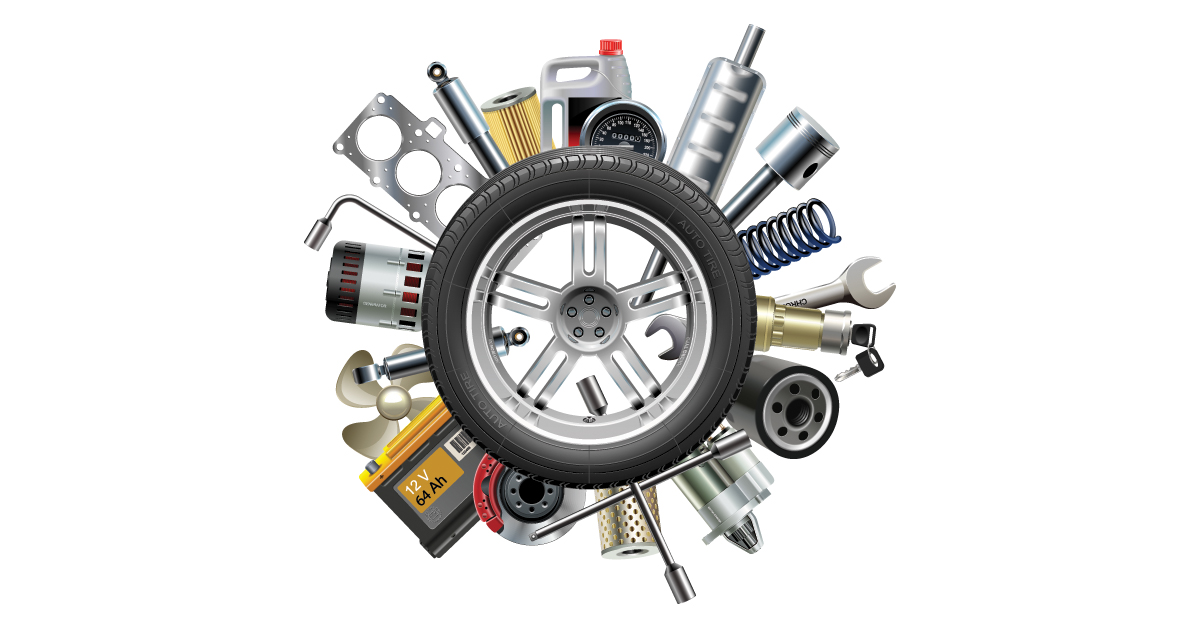
Oct 4, 2021
How to Store Tires
As the seasons change, so do your tires! When storing your winter or summer tires at home, be sure to properly store your tires to avoid any damage and to maintain the integrity of your tire. Improper tire storage can lead to premature breakdown of the rubber compound, shortening a tire’s lifespan. Check out the 4 steps listed below to learn how to store your tires.
1. Clean Tires
Once you have changed over your tires from either summer to winter or winter to summer, clean each tire with warm water and a tire brush. Do not use any cleaning products containing chemicals, as these chemicals can cause a negative effect on the tire's rubber compound. Getting dirt and grim off the tire before storage will lessen the risk of . Be sure the tires have fully dried before moving on to step 2.
2. Bag Each Tire
Once dried, seal each tire individually. Next, remove as much air as possible and tape the bag shut. This will create an airtight environment which prevents oxygen from reaching the tire, reducing the evaporation of oil from the tire's rubber compound.
3. Where to Store Your Tires
Store your tires in a cool, dry, moderately ventilated area out of the sun. Ideally a basement, a garage, or another climate-controlled area. Other areas that experience a variation of different temperatures, precipitation, and humidity should be avoided, if possible. Storage outside or in direct sunlight can have a damaging effect on the tires potentially causing premature breakdown of the rubber compound.
4. Tire Storing Methods
Hanging tires can cause deformities if they aren't moved around often. If you're storing tires for a long time, stack your tires as shown below after they have been bagged and rotate them monthly to prevent deformities.
- Without Rims: Stand the tires upright and next to one another, horizontally
- With Rims: Stacking the tires vertically on top of each other
Additional Tags
Book Your Seasonal Tire Changeover
Time to change over your summer or winter tires? Book your appointment today!
Request An AppointmentRelated Articles






